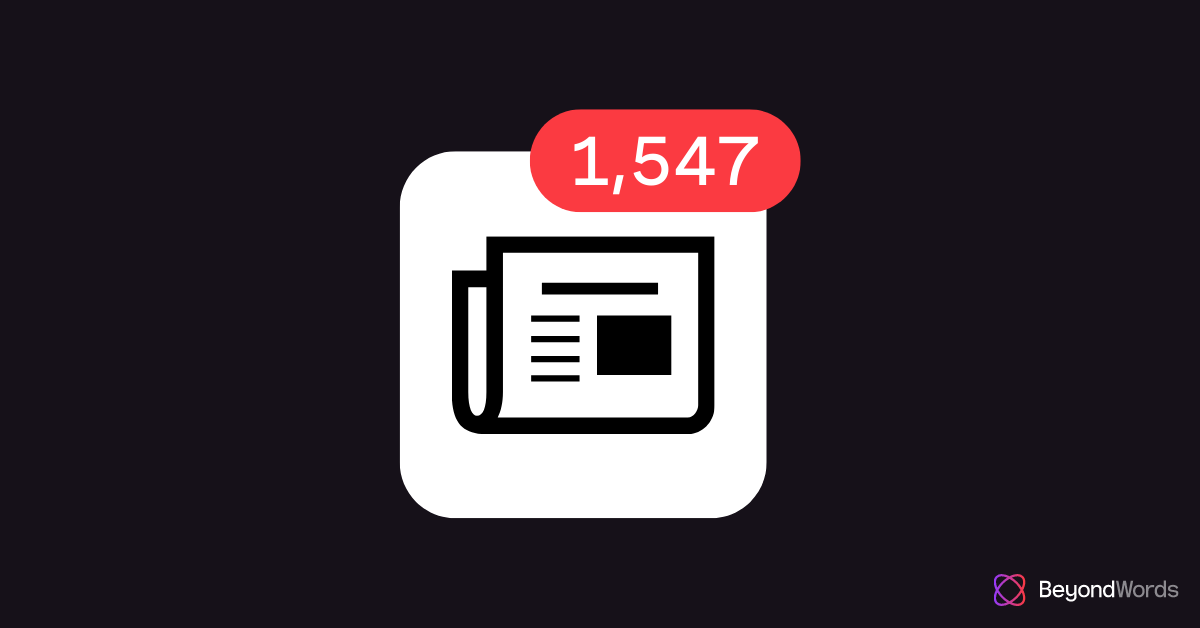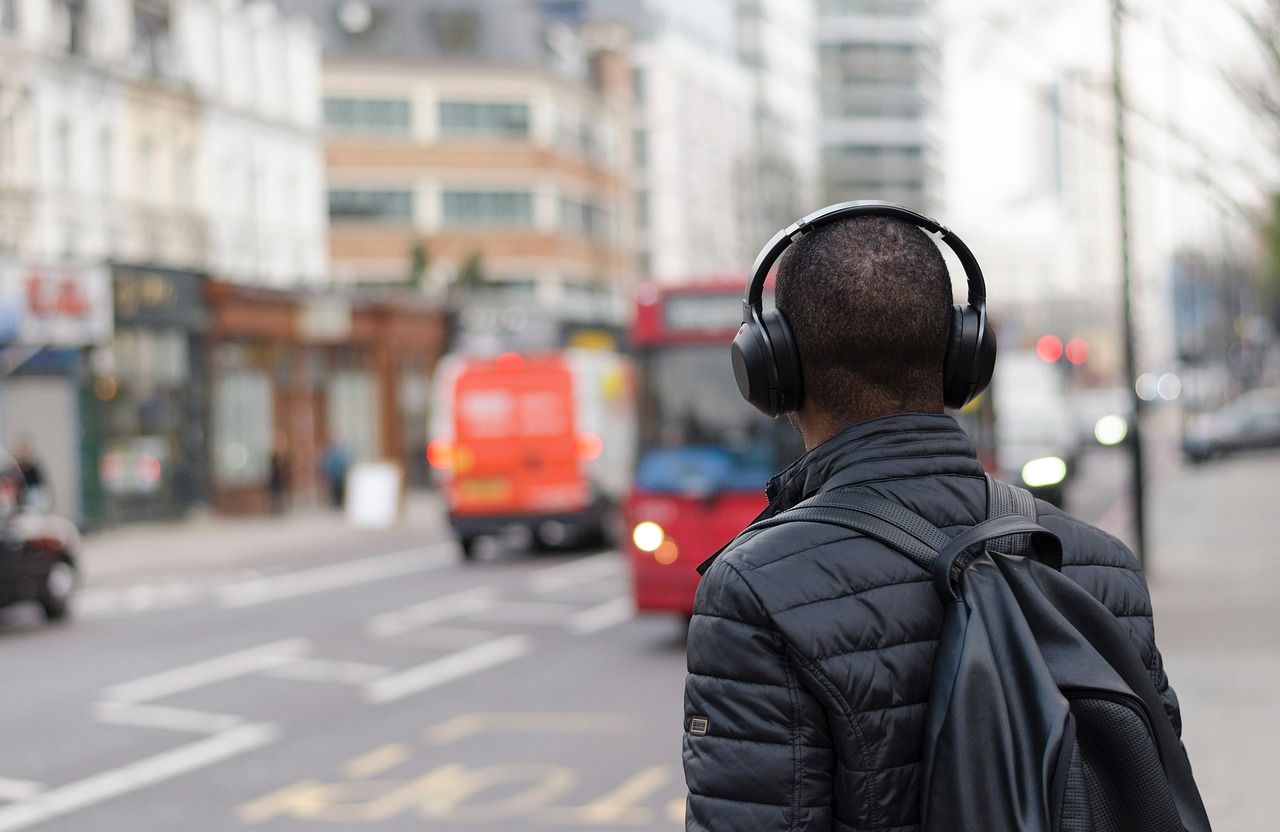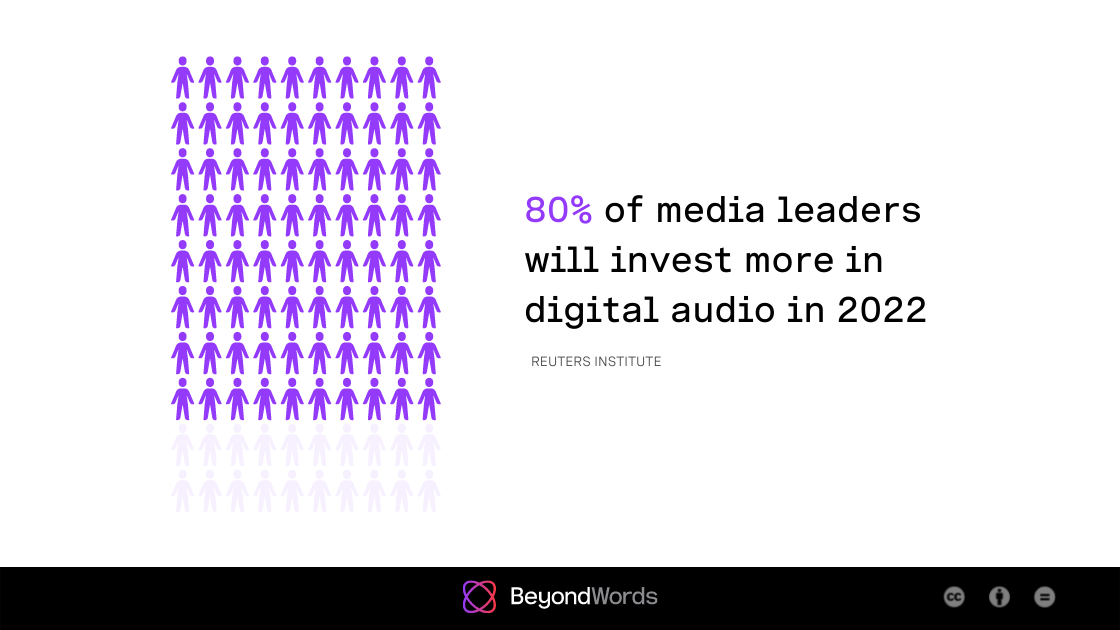
In 2011, The Onion published an article entitled: 'The Economist' To Halt Production For Month To Let Readers Catch Up.¹ It was satirical, but it probably touched a nerve at The Economist HQ. After all, a lack of reading time was the number-one reason for subscription churn.²
Five years later, the publication publicly acknowledged the article — and the problem.³
"The Economist can be overwhelming," wrote Product Manager Richard Holden. "It can be difficult for even a motivated reader to keep up."
When subscribers watch print editions pile up, see headlines stay unclicked, they feel guilty. How can they justify paying a monthly fee for something they're barely using? Who needs a constant reminder that they're falling behind on their reading goals? And so, they cancel.

It's a problem that The Economist's then–Head of Strategic Development, Denise Law, referred to as "unread guilt factor".⁴
She wrote: "Many of our former subscribers found it difficult to stay on top of The Economist edition each week and simply gave up. We spoke to some of them to validate that the problem actually existed. It did."
Subscription guilt isn't unique to the news industry (I'm looking at you, gyms), but it is particularly prone to it. With such a huge volume of content published every day, it's easy for readers to get overwhelmed. Nieman Lab found that 13% of news subscription churn results primarily from people having too much to read in too little time.⁵
So, how are publications tackling subscription guilt? With audio.
Tackling unread guilt factor with audio

Giving subscribers the option to listen — not just read — means there are more opportunities to stay updated. They can consume your content while they're driving, exercising, or cooking, for example.
"The idea is just to leave it up to the reader to decide what the most convenient form of consuming the content is, and in many situations that will be audio," said The Economist's then–Digital Editor Tom Standage.² "We get a lot of feedback from people saying that it is how they stay on top of the information coming their way."
In fact, many people go out of their way to multitask with audio: 25% of podcast listeners listen to "fill empty time".⁶ While readable content is somewhat of a burden, listenable content is actively sought-after — something to keep minds occupied and entertained during mundane or physical tasks.
"What we’ve learned from users is that they listen to the news while doing other things, and are consuming far more content than they would normally," said Leila Siddique, the Washington Post’s Senior Product Manager.⁷
The New York Times identifies these extra opportunities for engagement in the 'Audio Day'.⁸ Engage subscribers at these times, and they're far less likely to feel guilty and cancel. Plus, Northwestern University research shows frequency of consumption is the biggest predictor of retention in digital news.⁹

"Our evidence suggests that the audio edition is a very effective retention tool," said Standage. "Once you come to rely on it, you won’t unsubscribe."¹⁰
And let's not ignore the many other benefits of offering your articles in audio. It's not just time-poor readers who are turning to audio articles, audio newsletters, and podcasts. There are all kinds of reasons that people listen, and many ways to capitalize on audio habits.
AI brings audio to the masses
At first, The Economist's success was hard to replicate. The publication employed a large team to produce its audio editions, and they had an afternoon a week in which to do so.² Those with fewer resources at their disposal, and shorter deadlines, found audio publishing infeasible.
Our text-to-speech platform changes the game. We give publishers access to lifelike AI voices and a voice cloning service, and offer tools that allow for seamless integration into the publishing workflow. Engaging audio versions can be distributed effortlessly, affordably, and at scale. There is finally a viable alternative to human-read audio.

In their journalism predictions for 2021, Reuters' Nic Newman wrote that "more publishers are planning to add audio versions of their stories this year using a range of synthetic voices".¹¹ A year later, 80% of news leaders said they'd be putting more resource into digital audio, and 81% said AI will be important for speeding up newsroom workflows.¹²
As media journalist David Tvrdon wrote, "You should include an audio version of your articles. There are no excuses anymore."¹³
Ready to get started? BeyondWords has everything you need to engage subscribers with audio. Sign up free to try it out for yourself or arrange a demo with our team.
Sources
- 'The Economist' To Halt Production For Month To Let Readers Catch Up, The Onion, published April 2011
- Listening in at the Economist: How audio editions and podcasts are created, Journalism.com, published November 2012
- The Economist can be overwhelming. We want to help you get the most out of it, Medium, published November 2016
- How The Economist builds digital products, LinkedIn, published May 2018
- Cancel culture: Why do people cancel news subscriptions? We asked, they answered., Nieman Foundation, published October 2021
- Podcasts: Who, Why, What, and Where?, Reuters Institute, published 2019
- “Once you come to rely on it, you won’t unsubscribe”: How publishers are using audio stories to fuel engagement and generate revenue, What's New In Publishing, published August 2020
- Journalism, media, and technology trends and predictions 2022, Reuters Institute, published January 2022
- Is an Ad-free User Experience the Future of Local News?, Northwestern University, published September 2019
- Audio Articles are Helping News Outlets Gain Loyal Audiences, Nieman Foundation, published February 2020
- Journalism, media, and technology trends and predictions 2021, Reuters Institute, published January 2021
- Journalism, media, and technology trends and predictions 2022, Reuters Institute, published January 2022
- How to easily turn all your articles into audio articles, The Fix, published July 2022